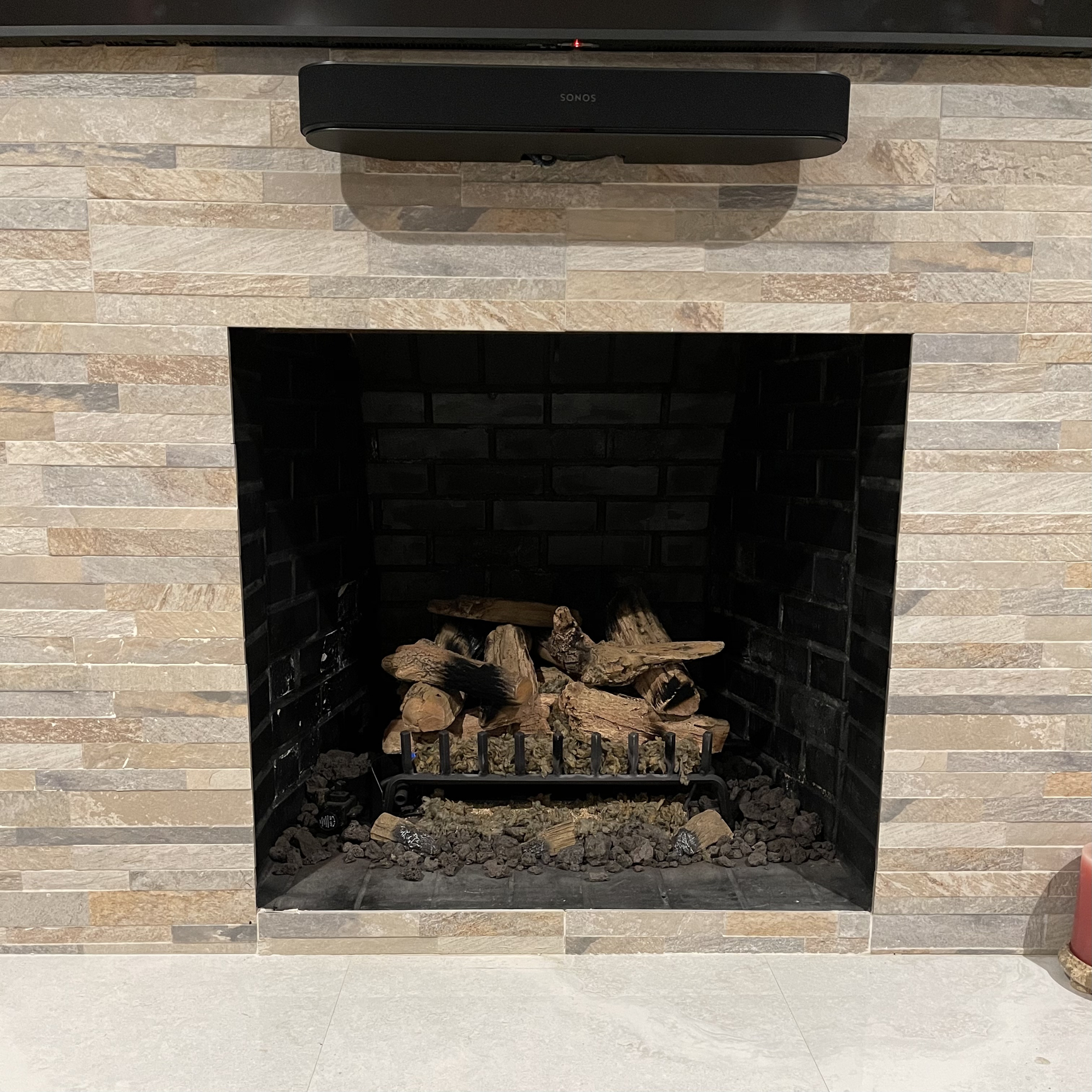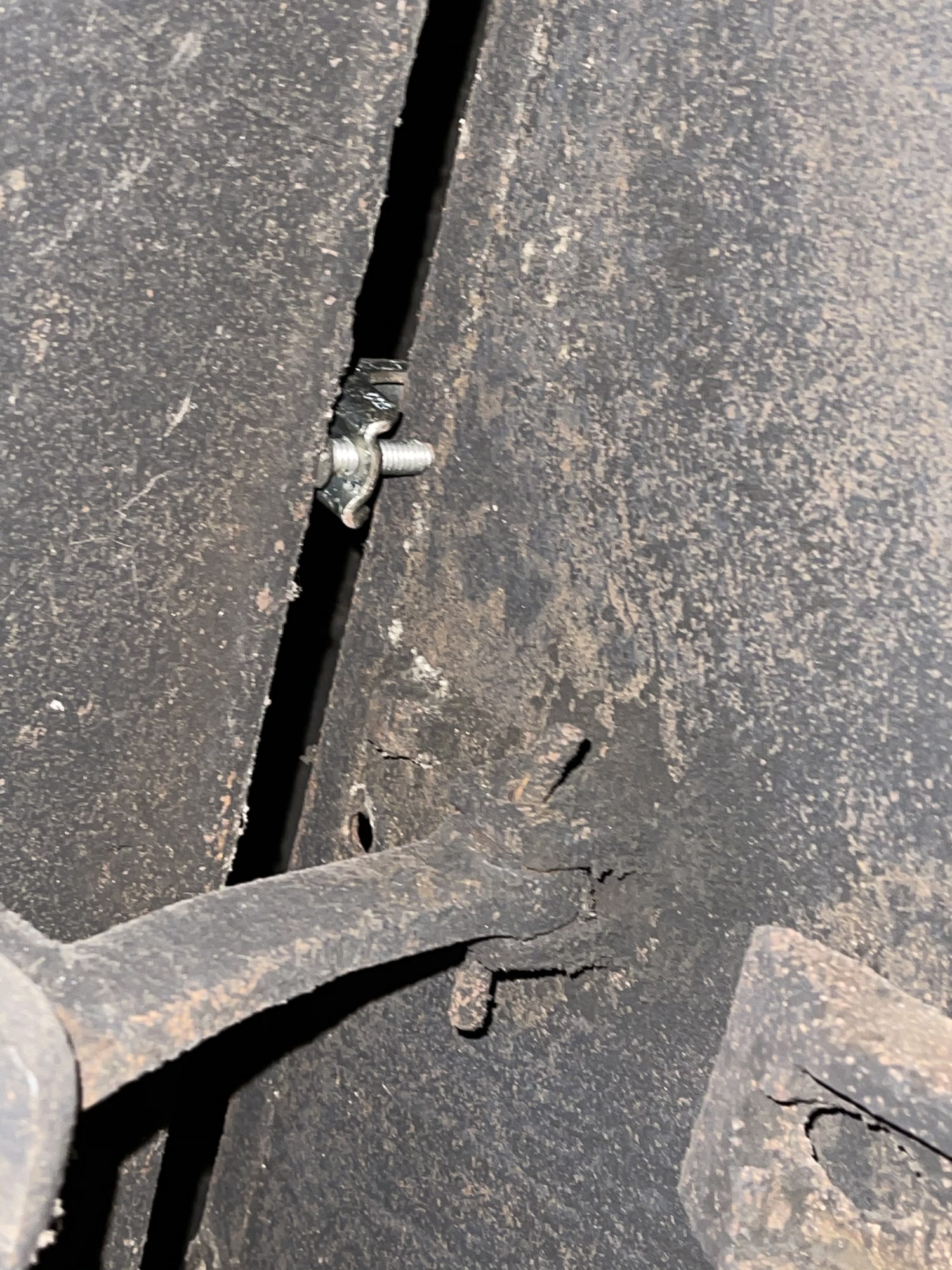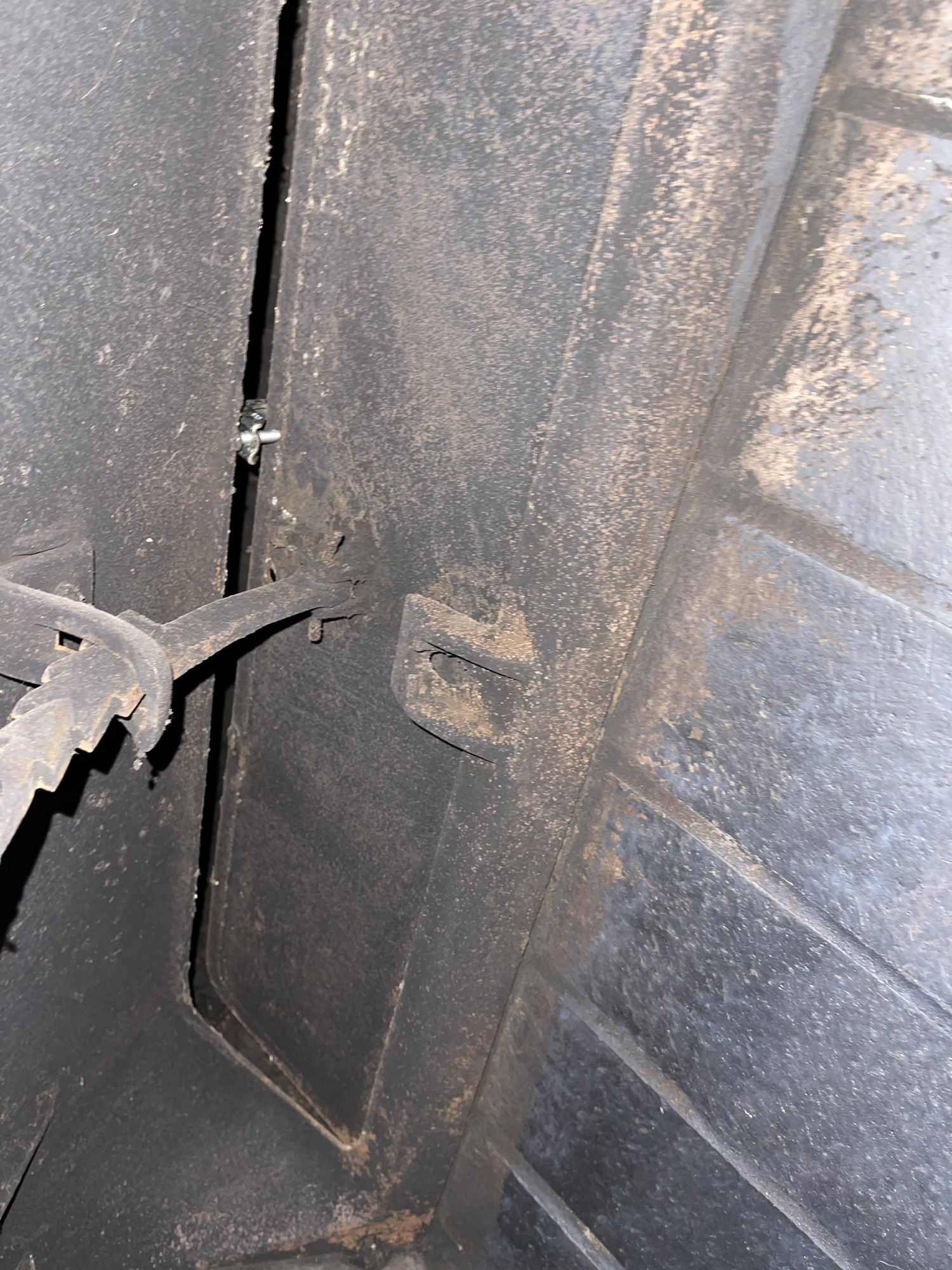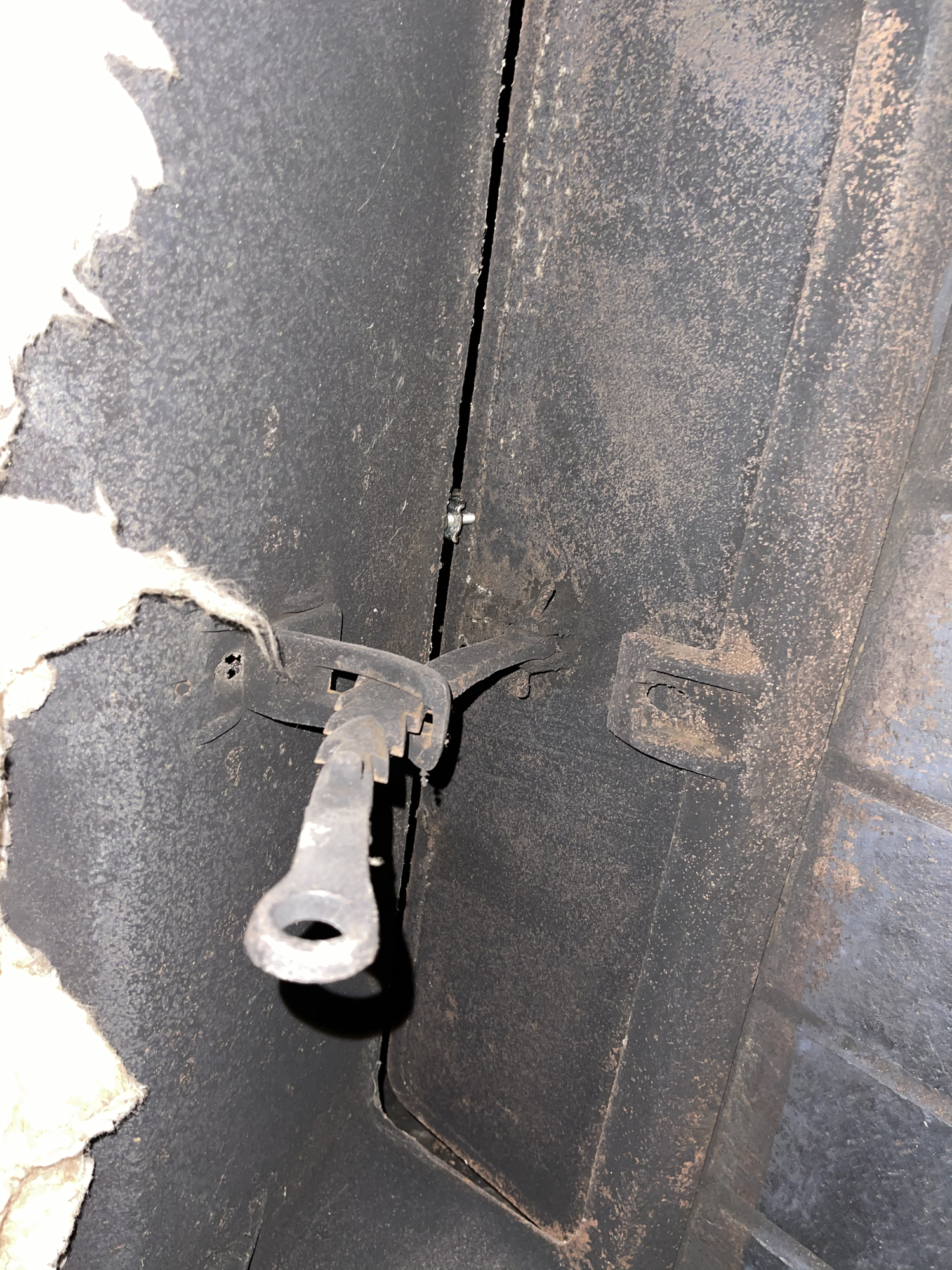Welcome! Here are the website rules, as well as some tips for using this forum.
Need to contact us? Visit https://heatinghelp.com/contact-us/.
Click here to Find a Contractor in your area.
If our community has helped you, please consider making a contribution to support this website. Thanks!
Flue/Damper - probably a pretty basic question..!
Options
jasonh595
Member Posts: 2
Hi & thanks in advance for the help. I have a gas fireplace (recently converted from woodburning) and the damper doesn’t close all the way... see the photos. Should I just remove the screw so that it sits properly/flush when the flue is closed? Currently there’s a gap as pictured even when in the ‘closed’ position so there’s certainly hot air escaping up the chimney. Just wasn’t sure what the screw was intended for / doing. Thanks for any advice and intel!!









0
Comments
-
How does the gas burning fireplace itself exhaust? If it's not a direct vent of some kind, you really do need that chimney to draw at least a little, so the combustion products go away and not into your house, where you really truly don't want them.Br. Jamie, osb
Building superintendent/caretaker, 7200 sq. ft. historic house museum with dependencies in New England0 -
If the fire place has a gas pilot (which it does) the flue must be left cracked open for the pilot.0
-
-
Any vented logset is required to have the damper completely removed or fixed to maintain a minimum PERMANENT net free opening specified by the mfr. This is in the gas code, the ANSI Z21.60 or Z21.84 listings for vented logs. Most mfrs. start at 50 sq. inches which equates to an 8" round flue. The net free area of a damper cracked open as shown does NOT meet that std.. I teach to put the supplied damper clamp on the damper handle at the buckle propping it wide open 24/7/365. In Taxachoosetts you take the damper out or weld it wide open.
If you have a remote control, it needs to be fixed wide open anyways. Nobody is going to get up, use Feel-A-Vision getting soot all over their hand wrestling with the damper handle to open it, often knocking it off track each time before you wash the soot off your hand, sit down and then zap the remote.
The best you can do is install a snug fitting set of high quality glass doors.
Your other option is to replace the logset with a direct vent insert. These have liners for intake air and exhaust to a combustion chamber sealed with glass. If the top is packed with rockwool, you don't get cold air infiltration, bugs, odors, or sounds megaphoning down. You don't suck 400-600 CFM of conditioned air up the chimney every minute but instead supplement that zone with about 30MBH while enjoying a realistic logset, flame and embers. Most remotes come std. with a multi-function remote to control flame on/off, thermostatic mode, fan speed and sometimes an accessory light to enhance the effect or to provide some glow in warm weather when heat is not desired. These units are listed as vented room heaters and thus legally allowed to be thermostatically controlled. They also come with a battery backup for use during power outages. It's the safest option that does not require major repairs.
A vented logset should only be installed into a working fireplace suitable for continued wood burning. If it flunks a level II inspection, which 99% will, it must be relined or restored prior to installing vented logs.
HTH,1 -
Got it — thanks all!0
Categories
- All Categories
- 87.3K THE MAIN WALL
- 3.2K A-C, Heat Pumps & Refrigeration
- 61 Biomass
- 427 Carbon Monoxide Awareness
- 119 Chimneys & Flues
- 2.1K Domestic Hot Water
- 5.8K Gas Heating
- 114 Geothermal
- 165 Indoor-Air Quality
- 3.7K Oil Heating
- 76 Pipe Deterioration
- 1K Plumbing
- 6.5K Radiant Heating
- 395 Solar
- 15.6K Strictly Steam
- 3.4K Thermostats and Controls
- 56 Water Quality
- 51 Industry Classes
- 50 Job Opportunities
- 18 Recall Announcements


